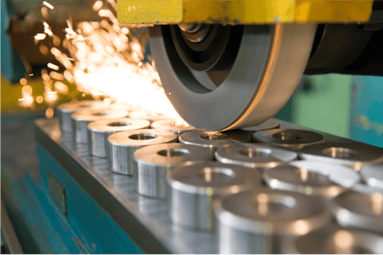3 Tips to Optimize Manufacturing Production Capacity and Delivery
 For manufacturers, high capacity and timely delivery are the difference between meeting quotas and missing deadlines.
For manufacturers, high capacity and timely delivery are the difference between meeting quotas and missing deadlines.
If demand outpaces delivery, you will not be able to sufficiently supply customers. That’s why improving production through effective resource utilization is central to the long-term success of your manufacturing company.
Below, we explore common delivery shortfalls and tips to optimize production capacity at your manufacturing company.
1. Improve Employee Training
Did you know 23% of all unplanned downtime is the result of operator error? Frontline workers have a huge impact on your company’s overall production capacity and delivery.
Employee education is critical to reducing operator error. If capacity allows, training should be tailored for each employee, accounting for his or her strengths and weaknesses. A good operator should understand how the machinery works to prevent problems that could cause downtime.
By analyzing the people and processes required for production, you can identify bottlenecks that limit optimum output and improve through training.
2. Upgrade Outdated Machinery
When was the last time you upgraded your machines? Are they in need of enhancement to create products in a higher volume or to enter a new market?
While innovative machines can be costly in terms of initial education and installation, advanced equipment has a positive long-term effect on production capacity. It also prevents sinking money into outdated machines that require frequent repairs and replacements.
Manufacturers often find that a machine upgrade helps them stay on pace with production capacity and delivery.
3. Automate Manufacturing Processes
Statistics show 64% of a manufacturer’s time is spent on activities that are actually automatable. And when manufacturers are on tight production schedules, manual labor isn’t fast or precise enough.
A more efficient production process leads to increased output. It also gives manufacturers time for more high-value tasks.
Automation includes robots that load and unload machines. Conveyors move materials from one area to another with turn stations that rotate a piece or part for the next operation. All of these manual tasks would otherwise be performed by an employee, wasting valuable human capital. Through automation and robots, manufacturers can offer development opportunities to the operators doing manual tasks. This upskills employees into high paid positions such as running multiple machines and programming robots.
Improving productivity on the plant floor leads to a continuous cycle of increased capacity and delivery.




